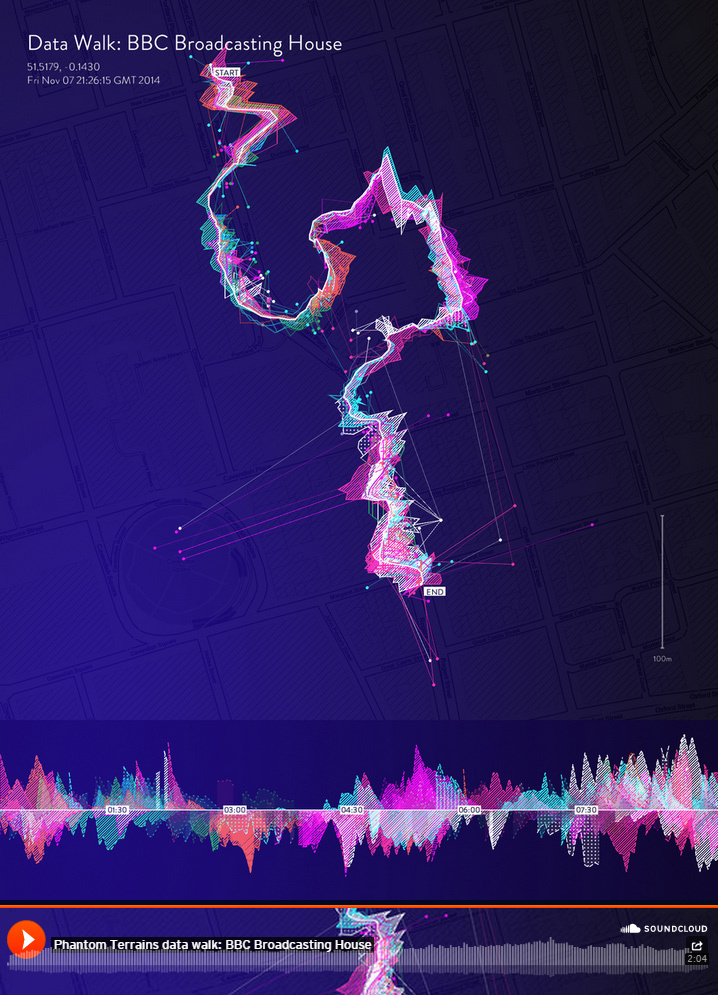The man who hears the Internet
 Imagine that you are walking down the street and you hear the appearance of a nearby WiFi access point, data transfer speed, encryption mode, and the name of the hotspot. All this - without any use of computers. The information is perceived by hearing with the help of new hearing aids Phantom Terrains .
Imagine that you are walking down the street and you hear the appearance of a nearby WiFi access point, data transfer speed, encryption mode, and the name of the hotspot. All this - without any use of computers. The information is perceived by hearing with the help of new hearing aids Phantom Terrains .The idea of creating such gadgets came up with Frank Swain (Frank Swain), the author of articles for the magazine New Scientist, which suffers from progressive hearing loss. He thought: if you have to install a hearing aid, then why not turn your own physical disability into an advantage? With the help of the familiar sound engineer Daniel Jones, he brought the idea to life and became a “cyborg” with a digital-to-analog converter built into the auditory system.
Receiving information about the surrounding WiFi hotspots, the receiver in the hearing aid transforms it into a sequence of sounds, which over time can be learned to decipher and understand in the same way as we understand human speech.
The number of surrounding hotspots is transmitted by a crackling, like in a Geiger counter (hot spots on the right pop into the right ear, and hot spots on the left go to the left ear). Network identifiers are transmitted by musical notes. Most hotspots start with the same notes assigned to the British Telecom provider.
')
For example, here's a recording of working hotspots made during a walk through the streets of London.

Thus, people with hearing impairments can acquire superpowers.
Source: https://habr.com/ru/post/365005/
All Articles